(Dan Tri) - Hyperloop trains are now not only popular in the US, China is gradually taking over this technology to build maglev trains with sound speed.
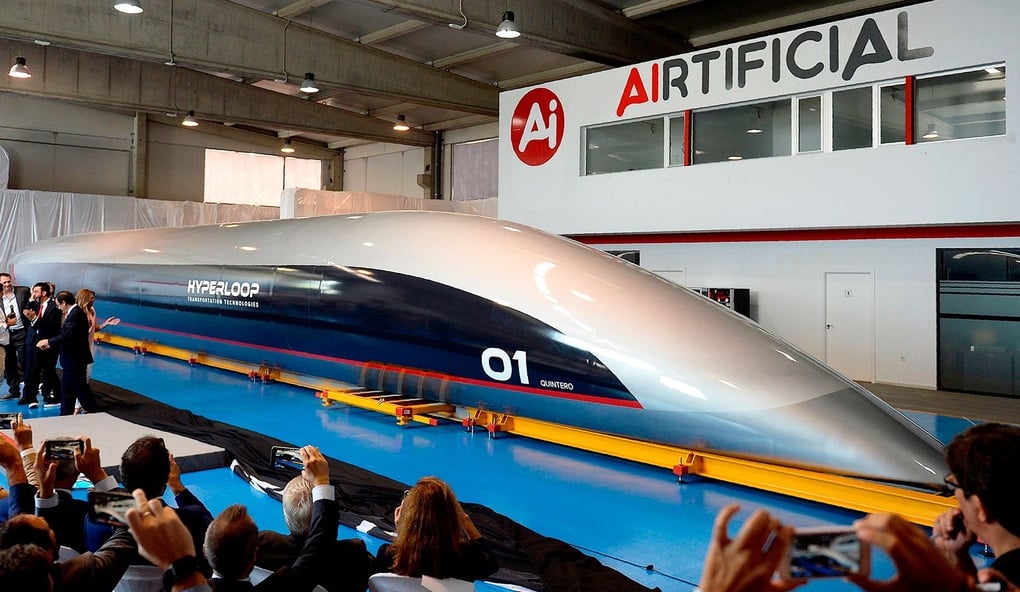
China also aims to allow users to still access the Internet while traveling on high-speed trains at the speed of sound (Photo: Britannica).
China is planning to run its maglev trains through vacuum tunnels, aiming to increase speeds nearly three times faster than they are now.
What is Hyperloop technology?
Hyperloop is a technology that runs in tubes, using vacuum tubes to help the vehicle move inside at high speeds due to no air resistance. Test speeds can reach 1,200km/h.
The technology became famous when billionaire Elon Musk announced plans to build a vacuum tunnel connecting his home to his workplace, using high-speed trains. Now, the technology is gradually becoming a reality in China.
China currently operates high-speed trains that can reach speeds of up to 350km/h and is developing a new generation of bullet trains using Japan's famous "magnetic levitation" technology.
Like Japan's Chūō Shinkansen line that will connect Tokyo to Nagoya from 2027, China's new high-speed trains could be converted into maglevs and propelled by magnetic force to dramatically increase their speeds.
However, the 500km/h speed of maglev trains in Japan seems not to be enough for China. Running trains through a super-high-speed track in a tube would help increase the speed of the trains even higher.
The legendary Orient Express
If magnetic levitation helps avoid friction with the track, traveling in a hyperloop tube could also eliminate friction with the air. Combining the two technologies to reduce opposing forces, China hopes its next generation of high-speed trains will get closer to the speed of sound, reaching 1,000 km/h.
To add to these challenges, China is adding to the complexity by requiring train passengers to maintain an Internet connection. Because trains travel at such high speeds, it is difficult to get a signal and maintain a stable connection from Internet base stations.
The solution to this problem was entrusted to researchers at Southeast University. They envisioned a system in which two parallel cables would be laid along the hyperloop tube. These cables would emit electromagnetic signals and provide a continuous and stable connection to smartphones and mobile networks. The first simulations showed a connection equivalent to a 5G network.
Although safety, regulatory, and simply infrastructure conditions remain uncertain to this day, China's first hyperloop line is expected to be operational by 2035.
Source: https://dantri.com.vn/khoa-hoc-cong-nghe/trung-quoc-lam-tau-dem-tu-chay-trong-ong-voi-toc-do-1000kmh-20241203080533375.htm


![[Photo] Fireworks light up the sky of Ho Chi Minh City 50 years after Liberation Day](https://vphoto.vietnam.vn/thumb/1200x675/vietnam/resource/IMAGE/2025/4/30/8efd6e5cb4e147b4897305b65eb00c6f)




![[Photo] Feast your eyes on images of parades and marching groups seen from above](https://vphoto.vietnam.vn/thumb/1200x675/vietnam/resource/IMAGE/2025/4/30/3525302266124e69819126aa93c41092)







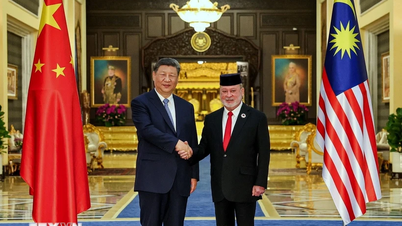


















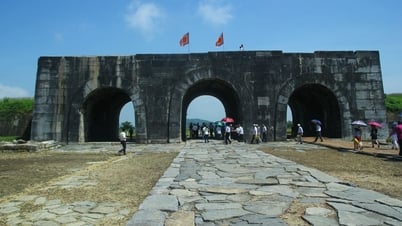














































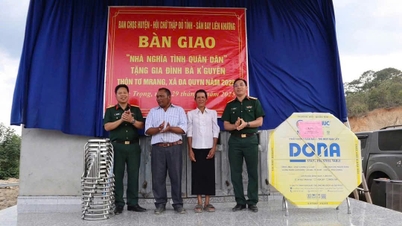

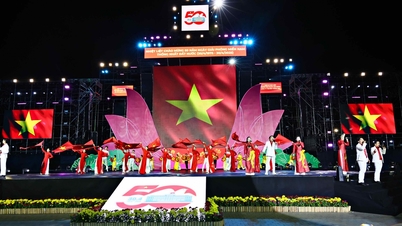













Comment (0)